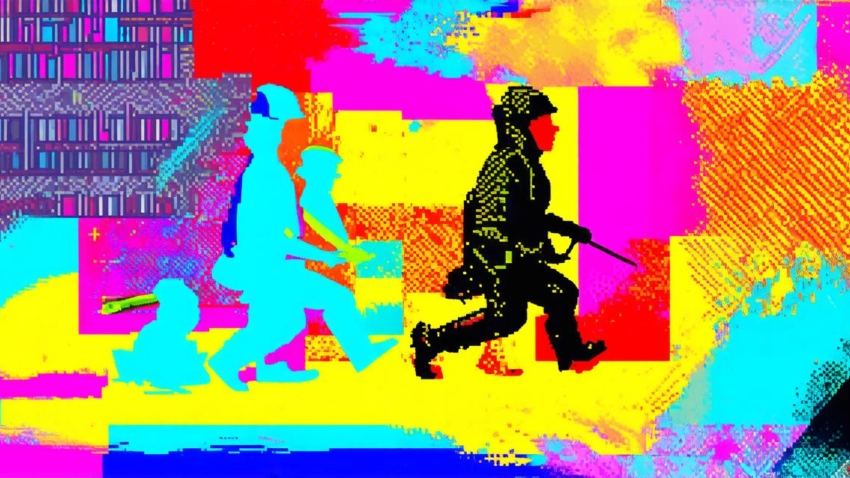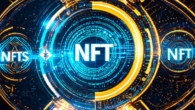
Is investing in NFT art worthwhile
NFT (Non-Fungible Token) art is becoming increasingly popular among collectors and artists alike. NFTs are digital assets that represent ownership of unique items, such as artworks, music, and videos. They offer a new way to monetize and value creative works, making them an attractive option for artists who want to protect their intellectual property and potentially earn more money from their work.
The Pros of Investing in NFT Art
1. Unique Ownership
NFTs offer a unique way to own digital assets that are completely separate from one another. This means that once you buy an NFT, no one else can own the same asset. This makes NFTs a valuable investment for artists who want to protect their intellectual property and potentially earn more money from their work.

2. Transparency and Ownership
NFTs are stored on a blockchain, which is a decentralized database that allows for complete transparency and ownership of the asset. This means that you can easily track your NFT and verify its authenticity, making it a secure investment option.
3. Potential for High Returns
As NFTs become more popular, there is potential for high returns for investors who are early adopters. For example, in 2021, the world’s first-ever NFT auction sold a digital artwork by Beeple for $69 million. This demonstrates the potential for high returns for those who invest in NFT art early on.
4. Diversification
Investing in NFT art can be a way to diversify your investment portfolio, as it offers a unique asset class that is separate from traditional investments such as stocks and bonds. This can help reduce risk and potentially increase overall returns over time.
The Cons of Investing in NFT Art
1. Market Risk
Like any investment, there is inherent market risk when investing in NFT art. The value of NFTs can fluctuate rapidly, and it is possible to lose money if the market takes a downturn. It is important to carefully research and understand the potential risks before investing in NFT art.
2. Lack of Regulation
NFTs are still a relatively new technology, and there is currently no clear regulation governing their sale and ownership. This means that there is a risk of fraud and scams, which can make investing in NFT art potentially dangerous.
3. Limited Liquidity
There is limited liquidity in the NFT market, meaning that it may be difficult to sell your NFT quickly if you need to access cash. This can make investing in NFT art less attractive for those who need access to their funds in a timely manner.
4. Potential for Overvaluation
NFTs have experienced rapid growth and interest in recent years, which has led to potential overvaluation of certain assets. This means that some NFTs may be overpriced, potentially leading to a bubble or market crash in the future.
Real-Life Examples and Case Studies
1. CryptoKitties
CryptoKitties is one of the earliest and most successful NFT projects, launched in 2017 by a Canadian company called Axiom Zen. The game allows players to breed and sell digital cats, each with unique characteristics and attributes. The game quickly gained popularity and generated significant revenue for its creators. However, the market for CryptoKitties has been volatile, with some rare cats selling for millions of dollars while others are worth only a few cents.
2. Beeple’s Everydays: The First 50 Days
In 2021, artist Mike Winkelmann (better known as Beeple) sold the world’s first-ever NFT auction at Christie’s for $69 million. The NFT represented a digital artwork called “Everydays: The First 50 Days,” which showcases 50 days of Beeple’s life, from sunrise to sunset, captured in real time.







